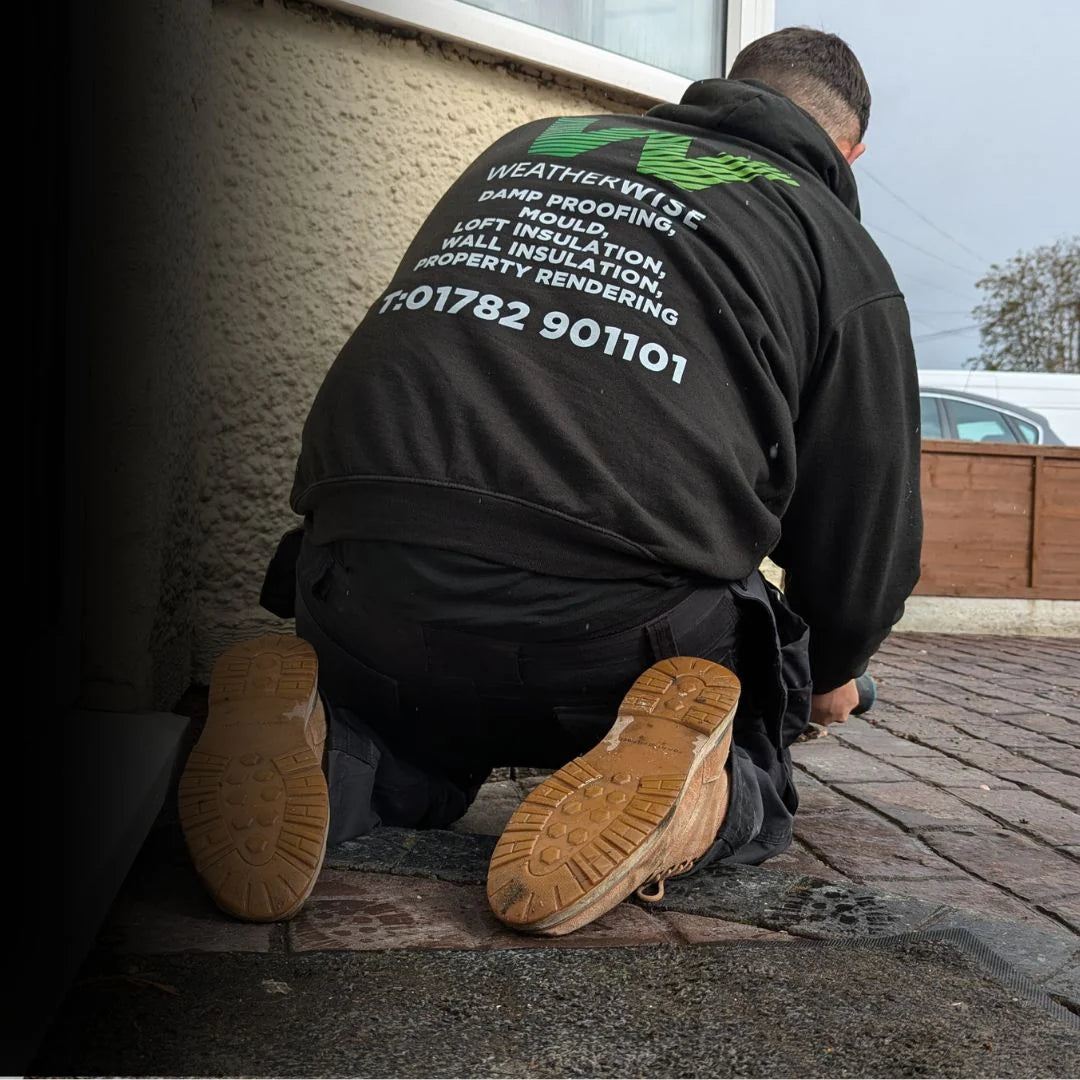💨 Why Loft Condensation is a Hidden Threat
Lofts are often out of sight and out of mind—but they can be a hotspot for condensation and damp-related issues. Warm, moist air from inside your home naturally rises. If it meets a cold roof space with poor ventilation, that moisture will condense, leading to drips, damp patches, and even mould growth.
Left untreated, loft condensation can damage your insulation, weaken structural timbers, and create the perfect environment for rot.
🚩 Common Signs of Loft Condensation
Not sure if your loft has a problem? Look out for:
✅ Water droplets on roofing felt or timbers
✅ Mould or mildew on insulation or rafters
✅ Damp smells when accessing the loft
✅ Black staining or rot on timber structures
✅ Wet or sagging insulation
🔍 What Causes Loft Condensation?
-
Lack of Ventilation – Traps moist air in the loft, especially during cold months
-
Poor Insulation – Allows warm air to escape into the loft space
-
Everyday Activities – Cooking, bathing, and drying clothes add moisture to the air
-
Blocked Air Bricks or Soffits – Restricts natural airflow
💡 How to Prevent Loft Condensation
✔️ Install a Positive Input Ventilation (PIV) System – Introduces fresh, filtered air into your home to push out excess moisture
✔️ Ensure Proper Loft Ventilation – Check soffit, ridge, and tile vents are clear and functioning
✔️ Upgrade Loft Insulation – Prevents heat loss into the loft, reducing condensation risk
✔️ Seal Air Leaks from Living Areas – Especially around light fittings or loft hatches
At Weather Wise Solutions, we use trusted PIV units from PAM Ties to help manage airflow and condensation. We also follow retrofit and insulation advice from the Energy Saving Trust to ensure safe and effective results.
📞 Book a Free Loft Ventilation Survey Today
If your loft smells musty or shows signs of moisture, don’t wait until damage sets in.
Book a Free Survey for your Home here with Weather Wise Solutions – your loft condensation specialists.



